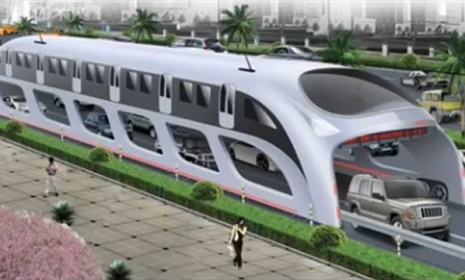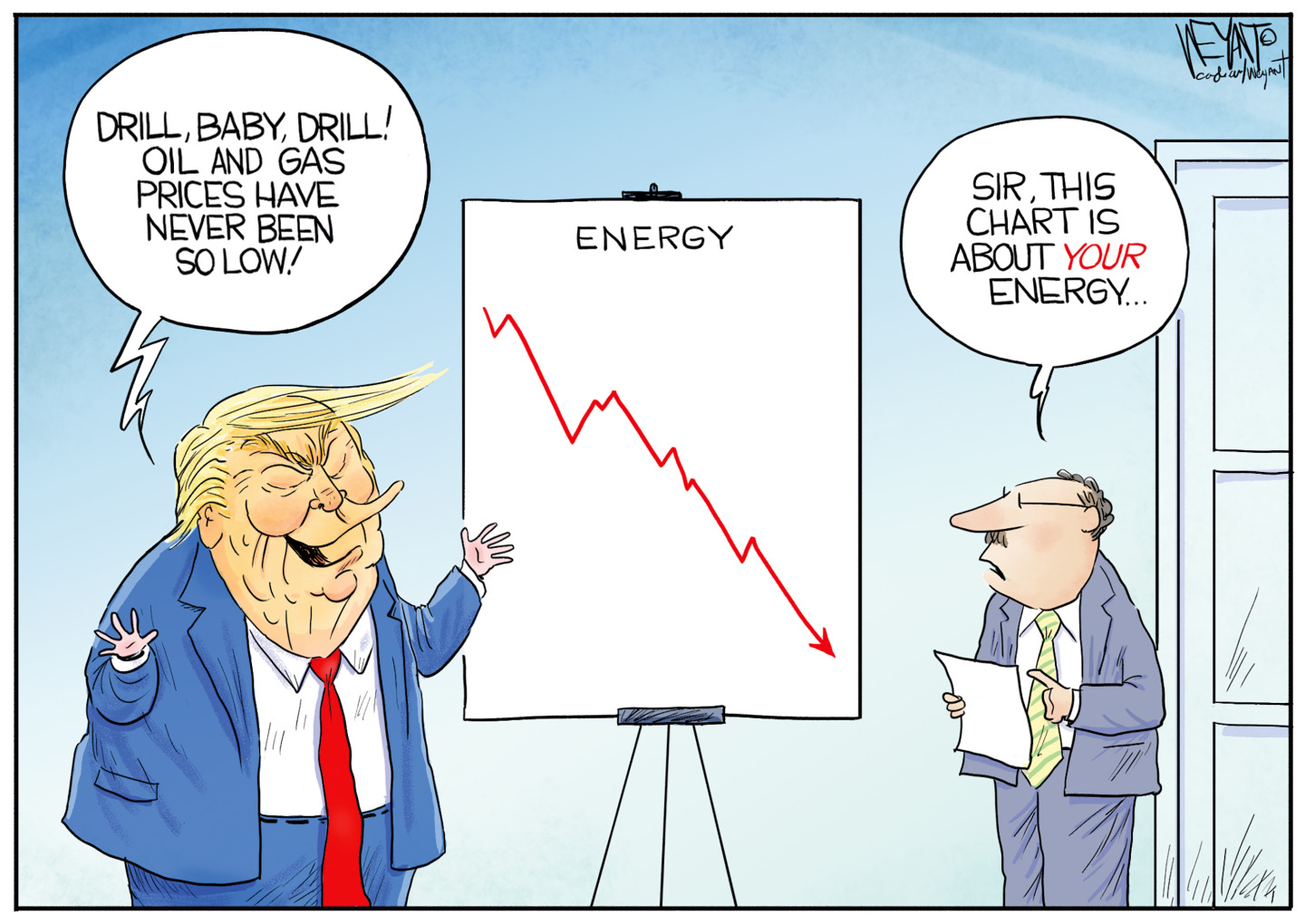China's monstrous drive-thru bus
Could a system of giant "car-straddling" buses be a cheap way to cure heavy traffic woes?

In an attempt to ease Beijing's heavily-congested traffic, the city will begin testing giant "car-straddling" public buses, built to allow two lanes of cars to drive underneath its massive passenger compartment. Standing 14-feet tall and 20-feet wide, the energy-saving gargantuan vehicles can carry between 1,200 and 1,400 passengers at a top speed of 37 mph, and are much more efficient to produce than a new subway line. Should U.S. cities adopt the behemoth buses? This "cunning project" actually "makes a lot of sense," says Richard Lai in Engadget. The buses will "make use of the space between regular-size cars and bridges, thus saving construction costs as well as minimizing congestion." Personally, says Robert Quigley in Geekosystem, I'm a little wary about the "radar scanning system" that's supposed to warn the cars inside the bus if they're getting too close to its wheels: "Sounds like a recipe for trouble." Watch the buses in action:
A free daily email with the biggest news stories of the day – and the best features from TheWeek.com
The Week
Escape your echo chamber. Get the facts behind the news, plus analysis from multiple perspectives.

Sign up for The Week's Free Newsletters
From our morning news briefing to a weekly Good News Newsletter, get the best of The Week delivered directly to your inbox.
From our morning news briefing to a weekly Good News Newsletter, get the best of The Week delivered directly to your inbox.
-
 Political cartoons for December 1
Political cartoons for December 1Cartoons Monday’s political cartoons include Trump's energy, the debt trap, and more
-
 The launch of Your Party: how it could work
The launch of Your Party: how it could workThe Explainer Despite landmark decisions made over the party’s makeup at their first conference, core frustrations are ‘likely to only intensify in the near-future’
-
 Andriy Yermak: how weak is Zelenskyy without his right-hand man?
Andriy Yermak: how weak is Zelenskyy without his right-hand man?Today's Big Question Resignation of Ukrainian president’s closest ally marks his ‘most politically perilous moment yet’